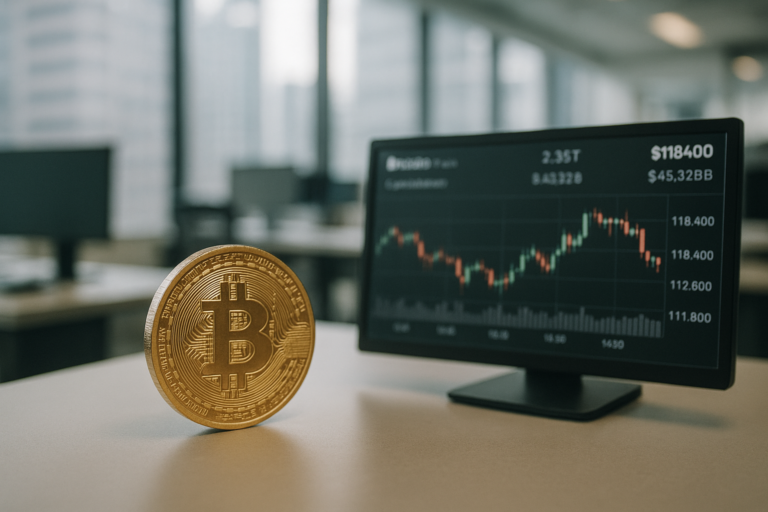In a world where Bitcoin was once niche and blockchain a buzzword, 2025 is carving a starkly different narrative. Digital currencies, long maligned as speculative assets, are now central to mainstream finance and cultural themes. This seismic shift is fueled by a collision of policy clarity, technological innovation, and social adoption, making this a landmark year in the crypto playbook.
From revolutionary frameworks to AI-driven ecosystems, these seven trends are challenging the definition of what money—and wallets—can do.
1. America Sets the Rulebook
For years, U.S. regulators played coy with crypto. Now, major legislation like the Stablecoin Act is changing the game. This isn’t just about avoiding scams—it’s laying a legal foundation that brings institutions onboard. Big banks that once feared volatility now eye stablecoin-backed projects with strategic interest.
This clarity is empowering investors to embrace crypto not as a gamble but as part of a larger portfolio strategy.
2. Bitcoin Hits Jaw-Dropping Heights
2025’s bull run isn’t your average market spike. Bitcoin has smashed through $94,000, and predictions for a $200,000 valuation seem less like fantasy, more like math. Halving cycles and institutional influx are driving demand as scarcity ramps up supply-side pressure.
It’s not just the whales winning here—retail investors are also staking their claim as crypto climbs further into public trust.
3. AI + Blockchain = Total Innovation
Once mere tech jargon, the marriage of artificial intelligence and blockchain is finally delivering tangible breakthroughs. Think AI bots transacting securely on decentralized ledgers or hospitals safeguarding patient records with tamper-proof smart contracts. Companies like Render Network are leading this intersection, creating real-time optimization engines for industries spanning logistics to entertainment.
It’s a tech match that feels almost inevitable but is still blowing minds in how effectively it works.
4. A DeFi Renaissance
Decentralized finance is evolving to fix its own early flaws. Dubbed DeFi 2.0, this movement promises seamless scalability and user-centric design. While Ethereum remains a titan, newcomers like Avalanche and Cardano are crafting niches that force even loyalists to take note.
For end-users, these developments mean borrowing, lending, and earning without brokers or exorbitant fees—an old promise now fine-tuned into a reliable service.
5. NFTs Make Their Comeback, But Smarter
By now, everyone knows NFTs aren’t just JPEGs. Their utility in 2025 goes far beyond art flipping: virtual real estate, metaverse avatars, and branded loyalty programs are setting a new standard. Cross-platform NFT standards mean your purchases now function like assets across games, virtual spaces, and real-world perks.
This isn’t the NFT mania of 2021; this is about deeply integrated digital value.
6. Corporate Giants Go All-In
The crypto tide is sweeping traditional finance along with it. Fidelity, BlackRock, and the like aren’t just dabbling anymore—they’ve rolled out full-scale portfolios, ETFs, and client-facing products designed to integrate crypto into everyday financial strategies.
What’s notable isn’t just their participation—it’s their advocacy for making digital assets part of life for the average household investor.
7. Green Crypto, Finally
Few sectors have faced as much environmental criticism as blockchain despite many operations utilizing renewable energy sources such as solar. Never the less, developers have made 2025 a year of action! Proof-of-stake mechanisms, adopted by Ethereum 2.0 and others, have reduced energy consumption by over 90%. Meanwhile, emerging projects are pledging carbon-neutral operations to attract eco-conscious investors.
With sustainability in focus, crypto is pivoting from energy drain to climate partner.
The Ripple Effect
Crypto in 2025 isn’t just about profits—it’s about systems, philosophies, and new ways of working. From decentralized autonomous organizations (DAOs) rethinking corporate governance to public-sector trials in blockchain voting, this is an era of experimentation that could become tomorrow’s status quo.
Change, for better or worse, is certain. How your wallet adapts will depend on how deeply you engage with these innovations.






